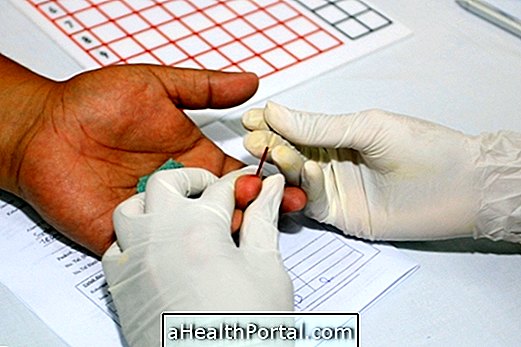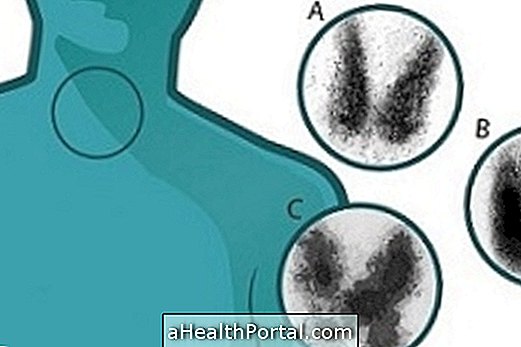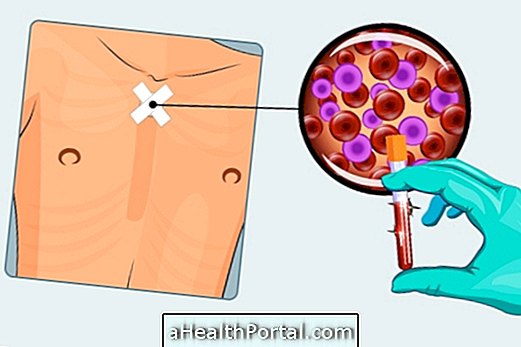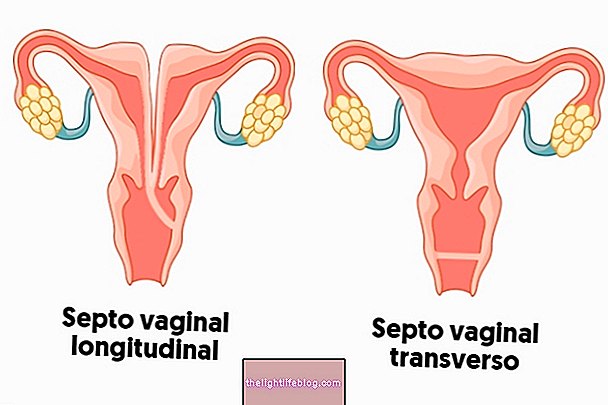Transrectal ultrasound of the prostate is performed by inserting an ultrasound probe into the patient's rectum, allowing images of the prostate gland to be obtained from the man. It is possible to identify changes or lesions that may appear in this region, such as cancer, prostate enlargement, infections, others.
This procedure is performed by the rectum because the prostate is between the prostate and the bladder and allows a clearer visualization, than when performing an abdominal ultrasound.

What can be detected
Performing transrectal ultrasonography can diagnose infections, cysts, hypertrophy or prostate cancer. Learn to recognize the most common symptoms of prostate cancer.
Who should take this exam
Usually, transrectal ultrasonography is indicated in the following situations:
- Men who have a digital examination changed and normal or increased PSA;
- Men older than 50, such as routine examination, for the diagnosis of prostate diseases;
- Diagnosis of infertility;
- Follow-up of a biopsy;
- Staging of prostate cancer;
- Follow-up of benign prostatic hyperplasia or recovery after surgery. Learn about the consequences of surgery to remove the prostate and how the recovery is done.
What are the risks
Mild discomfort or bleeding may occur in people with hemorrhoids or anal fissures. In these cases, an anesthetic may be used to relieve symptoms.
What is the preparation for the exam?
To prepare for the exam, your doctor may recommend the use of a laxative and / or the application of an enema. Usually, an enema with water or a proprietary solution is applied about 3 hours before the exam to improve visualization.
In addition, it is also recommended to take about 6 cups of water, 1 hour before the test and retain the urine because the bladder must be full at the time of the test.
























